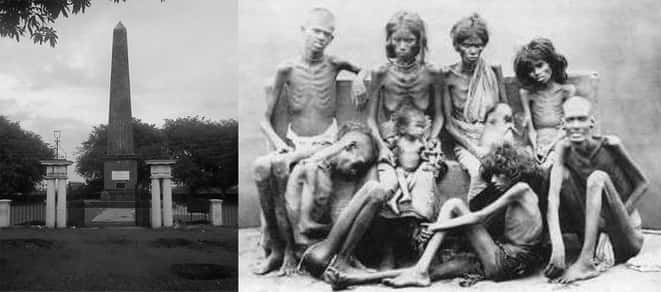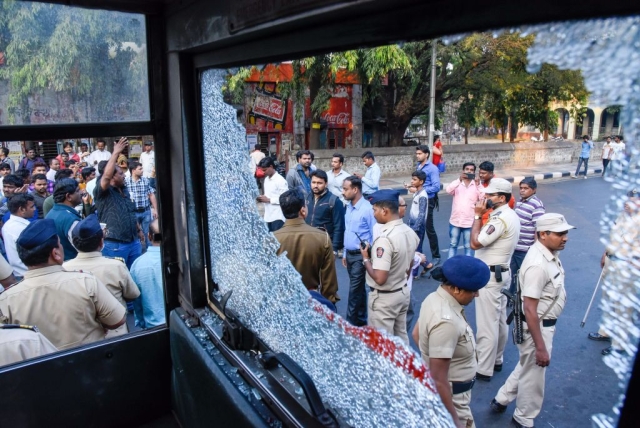Leaders adding fuel to fire........
‘Breaking news’ craved medias exploiting the issue
Vested interest twisting the........
Battle of Koregaon : Lessons in Unity
It is unfortunate that in the year 2018, India is witnessing caste clashes which, if unchecked, could blow into a major civil war. We are seeing Media and “Youth” politicians like Jignesh Mevani and Rahul Gandhi adding to the conflagration of caste politics.
This is what Rahul Gandhi tweeted:
The current President is a Hindu who comes from the Dalit community and he is the chief executive. He became the President when RSS/BJP are ruling at the Centre. Yet, a PM aspirant tweeted this falsehood.
To top it all, our Media that is perpetually on a spree of “Breaking News”, has added fuel to the fire by portraying it as a “Dalit vs Hindu“ issue.
For a really long time, we have been wanting to highlight how History has been, and still is, twisted by vested interests to exploit, existing or imaginary, fault lines within the Indian society. Most of the times, we have found media outlets acting as catalysts. They act as a platform for disseminating atrocity content. One such
example of manufactured atrocity porn that was doing the rounds on Social Media came to our notice.
In the last few years, the fifth column has been working hard to foment and hype inter-caste fissures among Hindus. These entities (vested interests) in India, often aided from abroad, keep attempting to exploit internal, existing or imaginary, fault lines of the Indian society. They rely extensively on atrocity content to promote distrust among communities or groups of people. National and Global media and myriad “scholars’ of Indology and “South Asian Studies” have also been found to be acting as conduits.
These forces are determined to inculcate the feeling of victimhood internally among some communities within Hinduism to ensure that
unity in the Hindu society does not get fortified. They also try to create groups based on faith and gender.
The Koregoan battle is just one of the many battles fought between the British and the Marathas. But suddenly it is in the news. Why should this battle, hardly an indecipherable footnote of history, be in the news now? Because, the fifth column has been trying hard (without success) to search for one battle in History where Dalits battled Brahmins. There are no such battles. This is the only such event, the facts of which, when twisted provide a good template to write atrocity porn – demonize one community (Brahmins) and inculcate the feeling of victimhood in another (Mahars/Dalits).
As we will show in the article, Koregaon was NOT a battle between Dalits and “Upper Castes”. The British did NOT win in this battle. More importantly, we will show that this “Dalits against non-Dalits” narrative, where only the former are oppressed, and only the latter are oppressors, is the most misleading misconception perpetuated over the years to paint Hinduism as a proponent of segregation.
We are writing this post not only to refute this article, but also as a case study to highlight how you can identify atrocity content. In that way, it is a rebuttal to all those posts that use this set template!
…………………………….
……………………………
We leave you with these lines from the Kathopnishad:
उत्तिष्ठत जाग्रत प्राप्य वरान्निबोधत,
क्षुरासन्न धारा निशिता दुरत्यद्दुर्गम पथ: तत् कवयो वदन्ति|
Arise! Awake! Approach the great and learn.
Like the sharp edge of a razor is that path,
so the wise say−hard to tread and difficult to cross.
Read more at: http://www.opindia.com/2018/01/battle-of-koregaon-lessons-in-unity/




